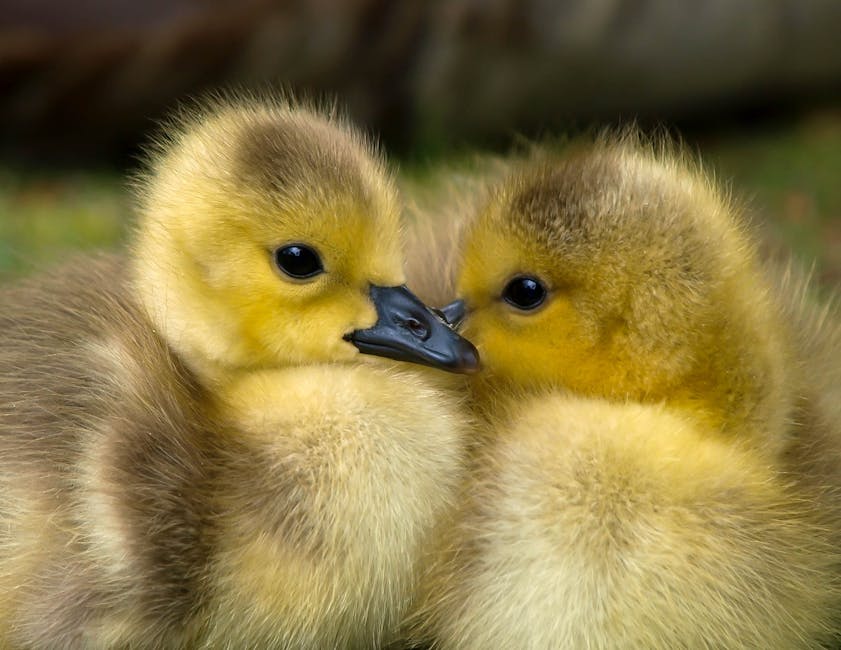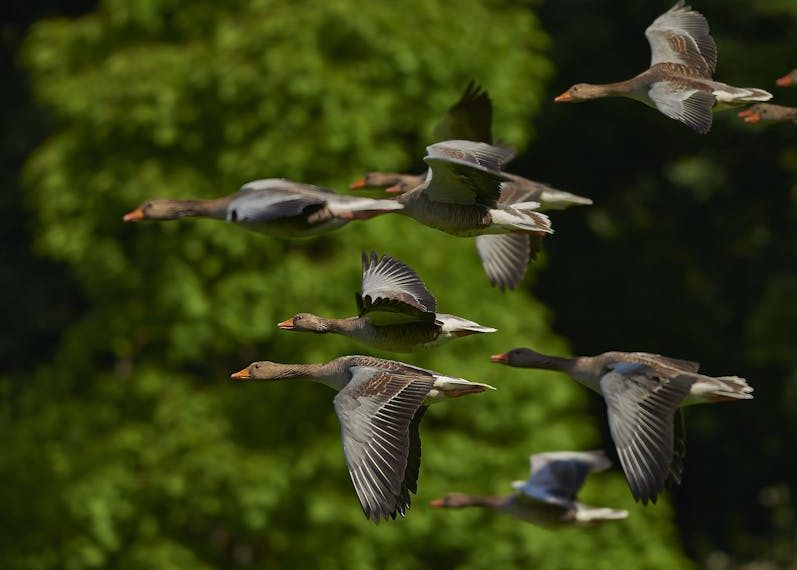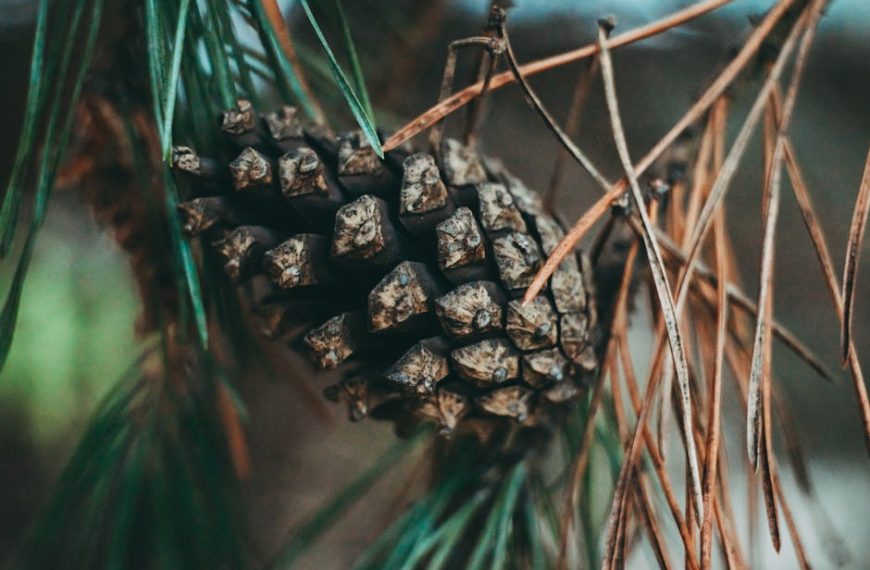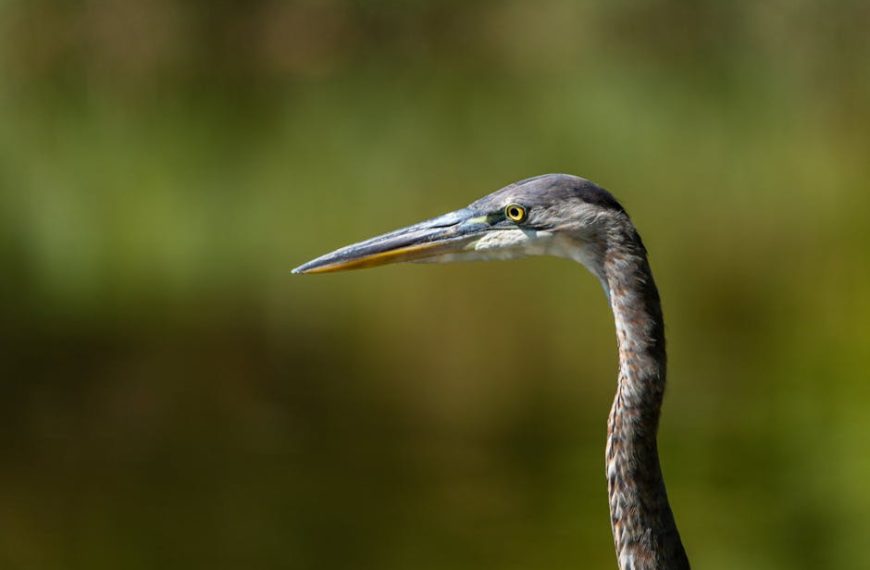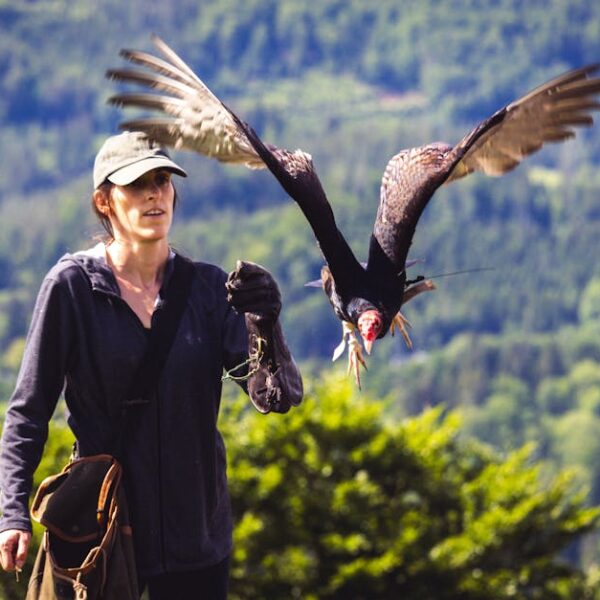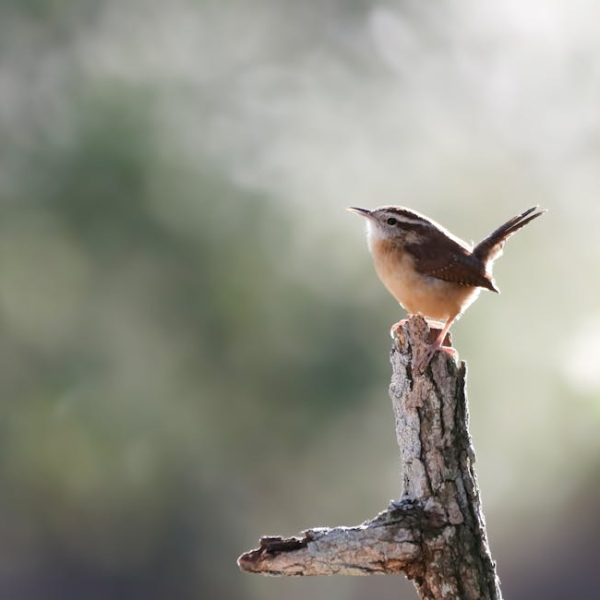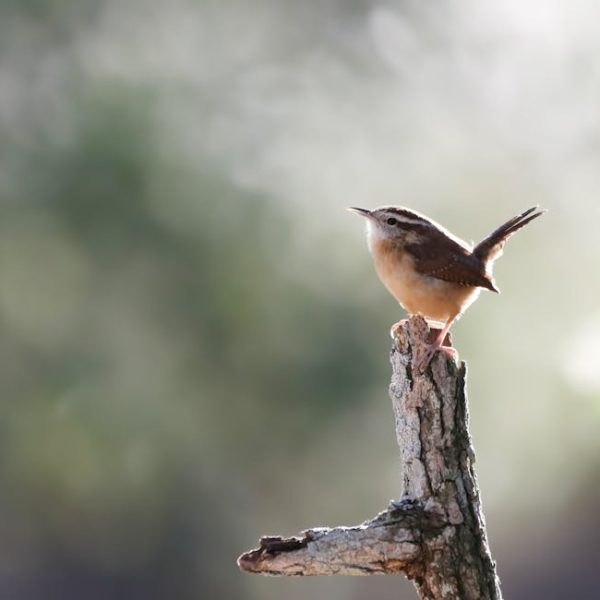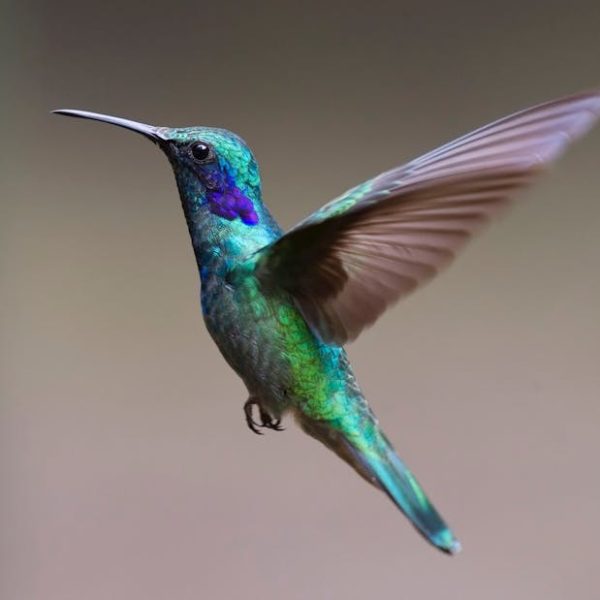Our furry friends often unintentionally share their meals with uninvited guests – birds! Birds find dog food irresistibly appealing due to the high protein content and easy accessibility. By understanding the attraction and problems associated with birds feasting on your dog’s dinner, you can implement effective strategies that ensure your pet’s food bowl remains for their exclusive enjoyment.
Understanding Bird Attraction to Dog Food
Birds possess a keen sense of sight which helps pinpoint food from afar, turning your dog’s food bowl into an endless buffet. Dog food provides these avian visitors with an easily attainable source of proteins and nutrients crucial for their survival. Common bird species such as sparrows, crows, pigeons, and even seagulls are the usual culprits.
Understanding bird behavior renders invaluable insights into this issue. Birds are opportunistic creatures, and the high-protein content in dog food offers an easy and rich food source. They effortlessly swoop down and take a quick nibble, gaining required nutrition that they would otherwise spend hours foraging for.
Signs that birds are eating your dog’s food:
- A large number of birds frequently visiting your yard
- Finding bird droppings near your pet’s food area
- Noticing a rapid decrease in the amount of dog food
In terms of nutritional content, dog food provides birds with more proteins than a caterpillar, their natural diet. However, birds prefer a varied diet and too much dog food may cause health issues due to an imbalance in their nutritional intake.
Problems Associated with Birds Eating Dog Food
While it might seem harmless, birds swooping down for a bite of your pet’s food can create several complications. The health risks to your dogs and birds themselves are the most serious. Birds may spread parasites or diseases to your dogs, while unnaturally high-protein diets may be harmful to birds.
Feeding birds with dog food can also trigger behavioral changes in dogs. They could become aggressive or territorial around their food or develop anxiety around feeding time.
Potential diseases your dog can contract from birds:
- Lyme disease
- Psittacosis
- West Nile Virus
Best Practices:
- Regularly clean your dog’s food bowl
- Perform routine health checks on your dog
- Keep an eye on the number and types of birds visiting your yard
To maintain hygiene, it’s recommended to clean your dog’s food bowl after every meal and periodically sanitize it to kill bacteria and parasites that might be passed on from birds. Monitoring your dog’s health closely is also crucial, and any sudden changes should be addressed with a vet.
Ultimately, the most effective way to handle this issue is preventive – keep birds away from your dog’s bowl in the first place. The next sections delve into how to accomplish this effectively.
Effective Strategies to Discourage Birds from Your Dog’s Bowl
Strategizing a plan to discourage our feathered friends from swooping down on dog food could involve setting up physical barriers, changing feeding schedules, and even considering alternative feeding locations. Birds are typically attracted to open, accessible spaces, so making it difficult to reach the food could stop these surprise visits.
Physical barriers like a pet gazebo or bird netting around the feeding area can significantly reduce bird accessibility. Relocate your dog’s feeding area to less open spaces, closer to the house or under a cover that can deter birds’ approach.
Changing feeding times to when birds are least active (early mornings or late evenings) can also be helpful. In addition to this, removing leftover food promptly ensures nothing sticks around to entice the birds.
Pro Tips:
- Products like bird deterrent reflective tape, spinners or even a scarecrow can offer productive results.
- Automatic feeders with timers can ensure your dog has access to food at specific times eliminating the bird’s free buffet.
The Pros and Cons of Using Deterrents for Birds
| Pros | Cons | |
|---|---|---|
| Physical Barriers | Highly effective, provides immediate results | May restrict your dog’s movement; can be expensive |
| Feeding Schedule Changes | Easy to implement, no extra cost | May disrupt your daily routine, less effective |
| Deterrent Products | Varied options, can be effective | Some birds may not be deterred, recurring cost |
Training Your Dog to Protect Their Food
Sometimes, the problem could be solved by merely training your pet to guard their food better or eat more quickly. This might involve using training strategies such as providing smaller portions more frequently so your dog consumes their food immediately, which leaves no leftovers for birds to munch on.
Safe techniques for training your dog:
- Reward your dog for finishing their meal quickly.
- Train your dog to protect their food through commands like leave it or stay.
- Persistent conditioning using a stern voice can reinforce boundaries for birds.
Best Practices:
- Utilize positive reinforcement techniques.
- Be patient, changes in behavior takes time.
- Constantly assess your dog’s comfort and reaction to new training techniques.
Creating an Environmentally Friendly Solution
Creating an eco-friendly environment discouraging to avian visitors is an effective approach that respects nature while resolving our primary issue. Certain types of plants or garden arrangements can deter birds as they prefer open spaces to spot their food easily. A rock garden or dense foliage can reduce your yard’s attractiveness to birds.
Alternatively, consider providing a separate food source for the birds—a bird feeder with seeds or nuts might keep them occupied and away from your dog’s meal area.
Steps for creating an bird-unfriendly yet eco-friendly backyard:
- Create a landscape unfavorable for birds (dense plantings, rock gardens, etc.).
- Provide a separate food source away from your dog’s bowl.
- Use eco-friendly deterrents (like reflective wind chimes).
A comparative table below shows the effectiveness of artificial deterrents versus environmentally friendly solutions:
Artificial Deterrents vs. Eco-friendly Solutions
| Artificial Deterrents | Eco-friendly Solutions | |
|---|---|---|
| Effectiveness | Varies; may require multiple strategies | High; addresses problem at its root |
| Cost | Varies; potentially recurring | One-time; lower in the long run |
| Environment Impact | Potentially harmful effects | Cares for the environment |
In conclusion, birds are attracted to your dog’s food mainly due to the high nutrition value, easy availability, and open feeding space. It’s essential to discourage them from accessing your pet’s food for the health and well-being of both your pet and the birds themselves. Strategies
Key Takeaway:
- Birds are attracted to dog food due to its high nutritional value and easy access, bringing potential health risks to both birds and dogs.
- Physical barriers, alternative feeding schedules or locations, deterrent products, and dog training techniques can help discourage birds from accessing dog food.
- Creating an eco-friendly yard that discourages bird activity can be an effective and respectful solution.
In acknowledging these dynamics, let’s be reassured that the above guidelines and strategies provide a viable roadmap to keep our feathered buddies away from our dog’s food. Remember, patience is key during this process. A harmonious existence between your dog and the birds is achievable!
FAQs
Q: How can I prevent other animals, aside from birds, from eating my dog’s food?
A: The strategies listed above may also work for other animals. Depending on the kind of animal, additional or distinct deterrence measures might be needed. Always ensure any measures taken are humane and safe for all pets and wildlife involved.
Q: Why do birds prefer dog food over their natural diet?
A: Birds are opportunistic feeders and the high-protein content in dog food offers an easy and rich food source. This doesn’t mean they prefer it; it’s more about convenience and abundant availability.
Q: Is it alright for birds to snack on dog food from time to time?
A: While it might not harm them immediately, regular consumption can lead to nutritional imbalance and possible health issues in birds. For the welfare of both birds and your dog, it’s best to prevent any access to dog food by birds.
Q: Can birds become reliant on dog food for their diet?
A: Yes. If dog food is readily available and easy to access, some birds might become reliant on it, which could lead to health issues due to an unbalanced diet.
Q: Can the smell of dog food attract birds to my yard?
A: Birds primarily rely on their sight to locate food. However, certain breeds with a stronger sense of smell might be drawn by the scent of dog food, especially if it’s strong and distinctive.
Remember to share this article if you found it helpful and explore our website for more insights on effective pet care.
